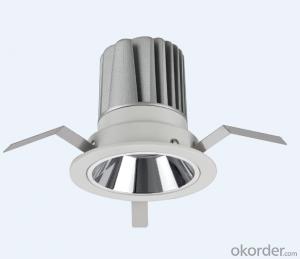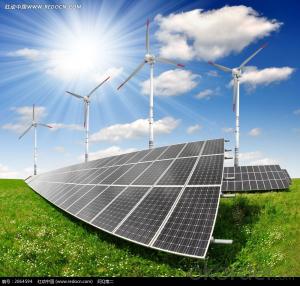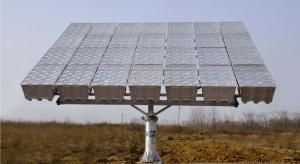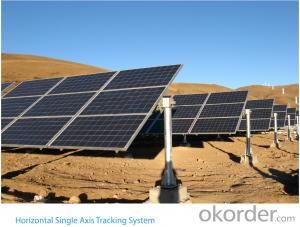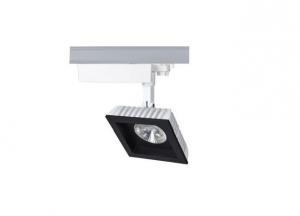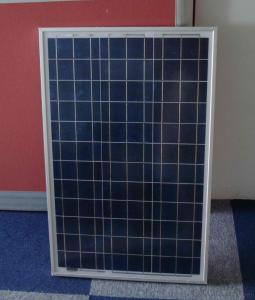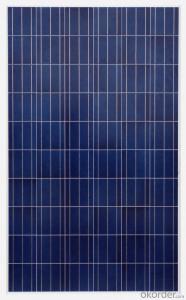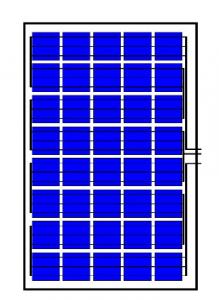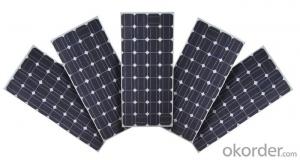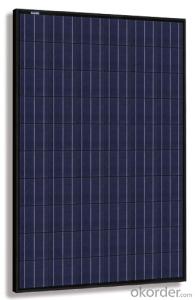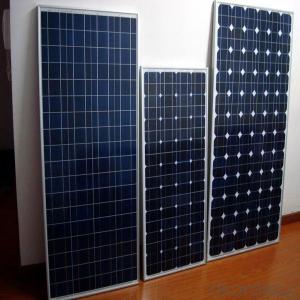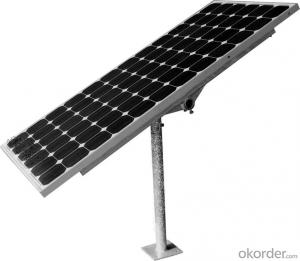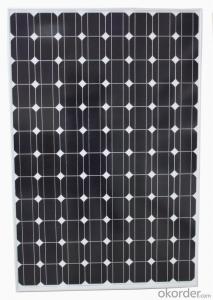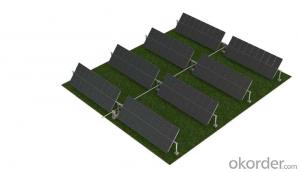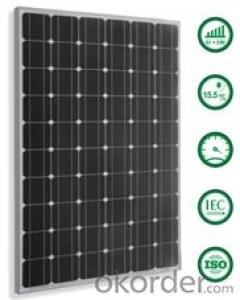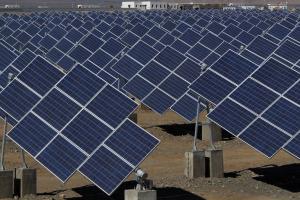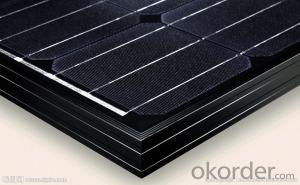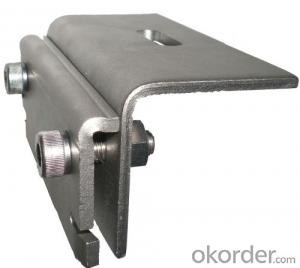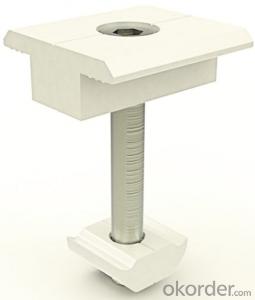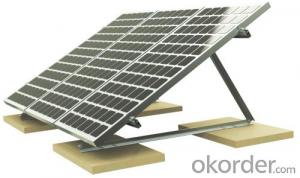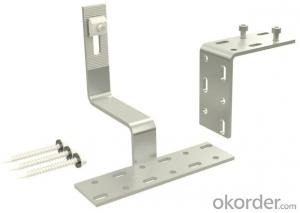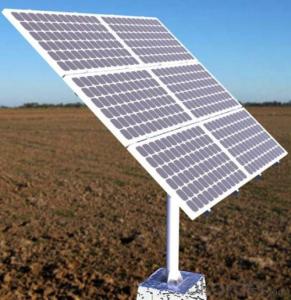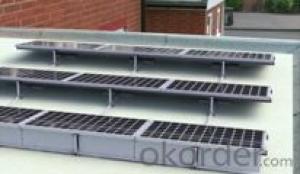Solar Tracking Module
Solar Tracking Module Related Searches
Bottom Solar Led Module Solar Light Module Solar Module Construction First Solar Series 6 Module Solar System Module Solar Power Management Module Solar Power Module Black Solar Module Bosch Solar Module C-Si M 60 Solar Battery Charger ModuleHot Searches
China Ac Module Solar Panel China Solar Ac Module China Solar Module Prices China Solar Module Solar Module China Ac Module Solar Panel Price Solar Inverter Panel Price Solar Panel Module Price Solar Module Wholesale Price Solar Module Price Per Watt First Solar Module Price Solar Module Price Increase Solar Module Price Solar Panel Inverter Size Solar Panel Module Size Solar Panel Inverter Suppliers Solar Panel Module Types Solar Inverter Solar Panel Tesla Solar Panel Inverter Solar Hot Water Collectors For SaleSolar Tracking Module Supplier & Manufacturer from China
Okorder.com is a professional Solar Tracking Module supplier & manufacturer, offers integrated one-stop services including real-time quoting and online cargo tracking. We are funded by CNBM Group, a Fortune 500 enterprise and the largest Solar Tracking Module firm in China.Hot Products
FAQ
- Yes, a solar mounting system can be used with solar water heating systems. Solar water heating systems typically require solar collectors to be mounted on rooftops or in open areas to maximize exposure to sunlight. A solar mounting system provides the necessary support and stability for the installation of solar panels or collectors, making it compatible with solar water heating systems.
- Yes, there are ground-mounted solar mounting systems available. These systems are designed to securely install solar panels on the ground, providing an alternative to rooftop installations. Ground-mounted systems are often used in areas with ample land space, allowing for optimal positioning and efficient solar energy generation.
- Yes, a solar mounting system can be used with solar-powered air conditioning systems. Solar mounting systems are designed to securely hold solar panels in place, allowing them to capture sunlight and convert it into electricity. This electricity can then be used to power various devices, including solar-powered air conditioning systems. By utilizing a solar mounting system, solar panels can be properly positioned and oriented to maximize sun exposure, enhancing the efficiency of the solar-powered air conditioning system.
- Yes, a solar mounting system can be used with a flat roof with gravel. However, additional measures may be required to ensure proper installation and stability of the mounting system. These measures may include using ballast blocks or a specialized mounting system specifically designed for flat roofs with gravel.
- Yes, a solar mounting system can be installed on a museum or cultural institution. Solar panels can be mounted on the roof or ground of the building to harness sunlight and convert it into electricity. This renewable energy source can help reduce the institution's carbon footprint and lower energy costs. Additionally, solar panels can be integrated into the architectural design of the building, enhancing its aesthetic appeal.
- Yes, a solar mounting system can definitely be used in areas with solar incentives for retail stores. In fact, it is highly recommended to take advantage of these incentives as they can greatly reduce the cost of installing and operating a solar system. By using a solar mounting system, retail stores can efficiently harness solar energy and contribute to their sustainability goals while benefiting from the incentives provided by the local government or utility.
- The orientation of a solar mounting system significantly affects its performance. The system should be ideally positioned to maximize sunlight exposure throughout the day. The angle and direction of the system can determine the amount of solar energy captured, thus impacting the overall efficiency and output of the solar panels. Proper orientation ensures that the panels receive maximum sunlight, leading to higher energy production and improved overall performance of the solar mounting system.
- Yes, a solar mounting system can still be used in areas with limited access to demand response programs. Demand response programs are typically designed to incentivize energy consumers to reduce their electricity usage during peak demand periods. While participating in these programs can provide additional benefits and revenue streams for solar system owners, they are not a prerequisite for installing and operating a solar mounting system. Solar energy can still be generated and consumed on-site, reducing reliance on grid electricity and providing cost savings, even in areas without demand response programs.




